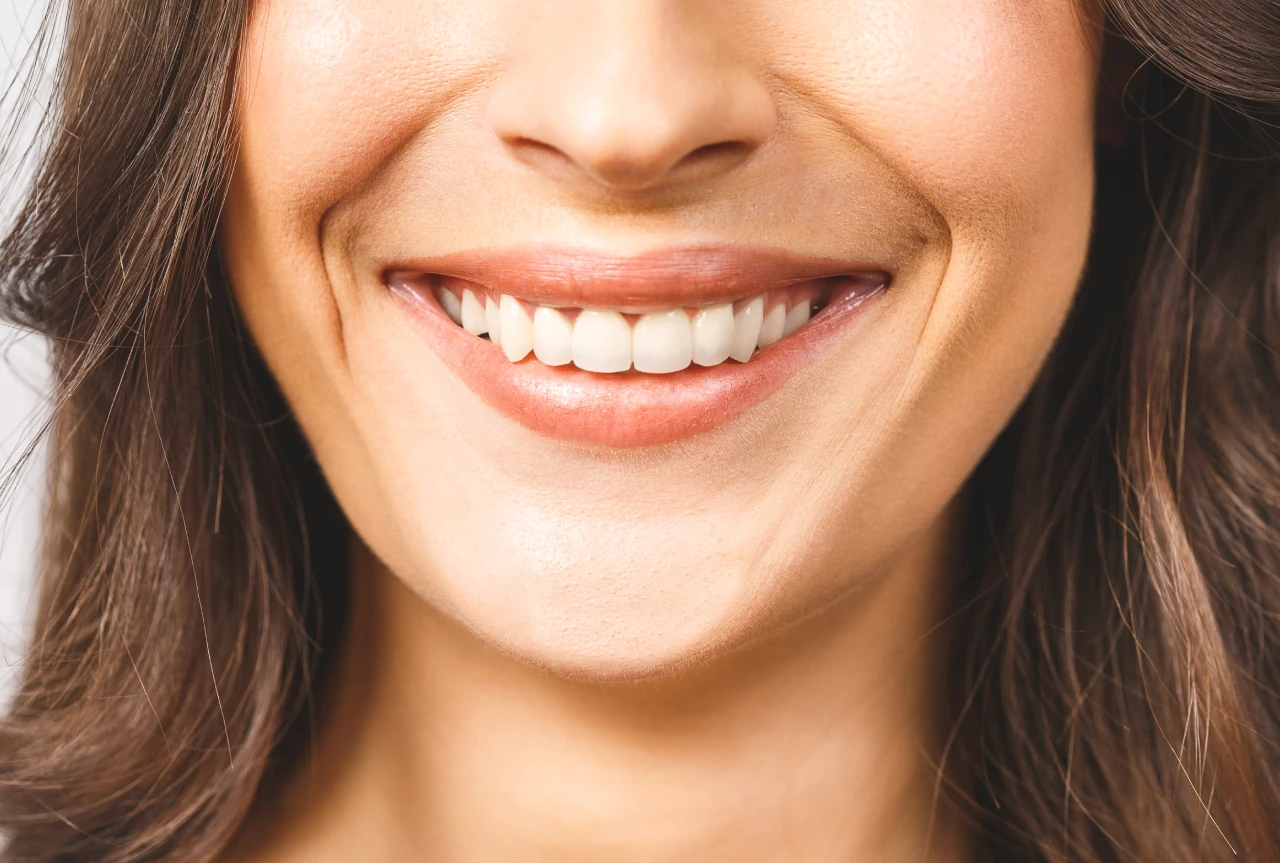

CAD/CAM stands for Computer-Aided Design and Computer-Aided Manufacturing. This advanced dental technology allows for precise digital impressions and same-day restorations, revolutionizing the way crowns, bridges, veneers, and inlays are made.
Traditional impressions can be uncomfortable and time-consuming. With CAD/CAM, a digital scanner captures a 3D image of the patient’s teeth, eliminating the need for messy molds. This data is then used to design and mill a custom restoration within hours.
The result is a highly accurate, aesthetically pleasing, and long-lasting restoration. Materials like zirconia and porcelain are commonly used, providing both strength and beauty.
One of the biggest advantages of CAD/CAM technology is time efficiency. In many cases, the entire treatment—from scanning to placement—can be completed in a single visit. This means fewer appointments and faster results for patients.
Moreover, the digital workflow reduces human error and ensures a better fit, improving patient comfort and long-term success.
If you want a modern, comfortable, and highly precise dental solution, CAD/CAM is the future of restorative dentistry—and it’s available today.
5 Key Differences Between Digital Dental Treatments with CAD/CAM Technology and Traditional Methods
The digital transformation in dentistry offers revolutionary advantages for both patients and dentists. CAD/CAM technology (Computer-Aided Design / Computer-Aided Manufacturing) combines speed, precision, and aesthetics in dental restorations — and significantly differs from traditional techniques.
1. Digital Scanning vs. Traditional Impressions
Digital (CAD/CAM): Teeth are scanned in 3D within seconds using intraoral scanners.
Traditional: Impression material is placed in the mouth to take a mold — more discomfort and time-consuming.
Advantage: Digital scans are more comfortable and accurate.
2. Faster Production Process
CAD/CAM: Crowns, bridges, and inlays can be produced on the same day.
Traditional: Impressions are sent to a lab, production may take several days.
Advantage: Time-saving and single-visit solutions.
3. Aesthetics and Fit
Digital: Perfect marginal adaptation and natural color shades
Traditional: Manual steps may increase the risk of errors
Advantage: More natural appearance and long-lasting results.
4. Single Session vs. Multiple Appointments
CAD/CAM: Some treatments can be completed in a single session
Traditional: Requires at least 2–3 appointments
Advantage: Ideal for patients with a busy schedule.
5. Data Storage and Reusability
Digital: Scan data can be stored and used again if needed
Traditional: Physical molds must be stored and are prone to damage
Advantage: Easier long-term follow-up and reproduction.
Digital dental treatments with CAD/CAM offer numerous benefits in terms of comfort, speed, and aesthetics compared to traditional methods. Embracing dental technology makes a visible difference in your smile!

